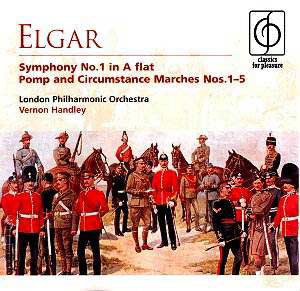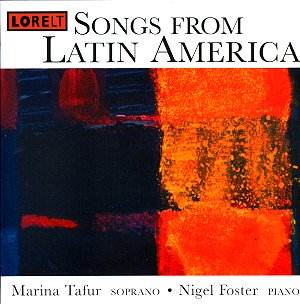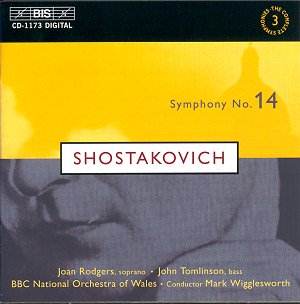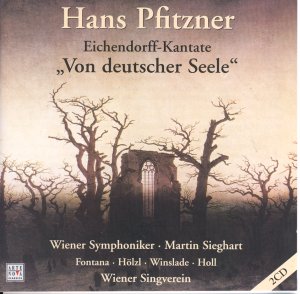 Composer: Edward Elgar
Composer: Edward Elgar
Works: Pomp and Circumstance – Military Marches, Op. 39; Symphony No. 1 in A-flat, Op. 55
Performers: London Philharmonic Orchestra, Vernon Handley (conductor)
Recording: Watford Town Hall, 4th and 5th Feb. 1981 (marches), No. 1 Studio, Abbey Rd. London, 5th and 6th March 1979
Label: EMI Classics for Pleasure
Edward Elgar, a giant of the British symphonic tradition, composed his works during a period marked by a search for national identity and artistic expression that resonated deeply with the cultural milieu of late Victorian and Edwardian England. The “Pomp and Circumstance” marches, particularly the well-known No. 1, with its rousing “Land of Hope and Glory,” encapsulates the patriotic fervor of the time, while his Symphony No. 1 reflects a more introspective and complex emotional landscape. This recording, featuring the London Philharmonic Orchestra under the baton of Vernon Handley, revives a performance that, although overshadowed by more prominent interpretations in the past, merits recognition for its nuanced understanding of Elgar’s musical language.
Handley’s interpretation of the Symphony No. 1 is characterized by an impressive sense of pacing that allows the work’s expansive emotional arcs to unfold naturally. The opening presentation of the “motto” theme is delivered with a commendable restraint, establishing a foundation that proves to be both effective and evocative. The subsequent Allegro is where Handley’s artistry truly shines; he opts for a tempo that strikes a balance between urgency and lyrical flow, ultimately creating a satisfying cohesiveness throughout this vast movement. The climaxes are infused with a palpable drama, yet they do not come at the expense of the work’s overarching architectural integrity. This is a performance that thrives on detail, with Handley ensuring that the listener remains engaged through varied dynamics and carefully crafted contrasts.
The Scherzo, often seen as the heart of the symphony, is rendered with vigor and charm. Handley’s ability to balance the dense orchestration allows the intricate textures to emerge, showcasing the interplay of the strings and woodwinds. In particular, the “heard down the river” passage is executed with a delightful lightness that captures Elgar’s pastoral evocations. Transitioning into the Adagio, Handley demonstrates a refined touch; he builds the movement from a whisper, allowing it to swell into a profoundly moving statement. This is a pivotal moment where many conductors falter by imposing a jarring contrast, yet Handley maintains a seamless thread, enhancing the emotional impact of the Adagio’s tender melody.
The finale encapsulates the symphonic journey with a thrilling sense of anticipation. Handley’s direction here is marked by an infectious energy; the Allegro bursts forth with an impatience that drives the music forward. Even during the more introspective moments, such as the Brahmsian second subject, Handley ensures that the momentum is never lost. This culminates in a concluding coda that surges with exhilaration, delivering a climactic finish that resonates with Elgar’s sweeping ambitions.
The technical execution of the London Philharmonic Orchestra is, for the most part, commendable, although a few moments of scrappiness in the upper strings are noticeable. Nevertheless, the orchestral balance is generally well-managed, and the recording quality is outstanding. The sound engineers have captured the performance with a natural perspective, allowing the listener to appreciate the subtleties of orchestral color and detail. Particularly noteworthy are the powerful bass drum rolls and the delicate harp embellishments, expertly highlighted without overshadowing the full orchestral texture.
This reissue serves not only as a valuable addition to the catalogue of Elgar’s symphonic works but also as a reminder of Handley’s significant contributions to British music. While Barbirolli’s interpretations may still reign supreme for many, Handley’s reading stands robustly alongside them, revealing a deeply affectionate and idiomatic approach that merits revisiting. A listener seeking an expansive, historically rich interpretation will find much to admire in this performance, which ultimately celebrates Elgar’s legacy with authenticity and insight.



